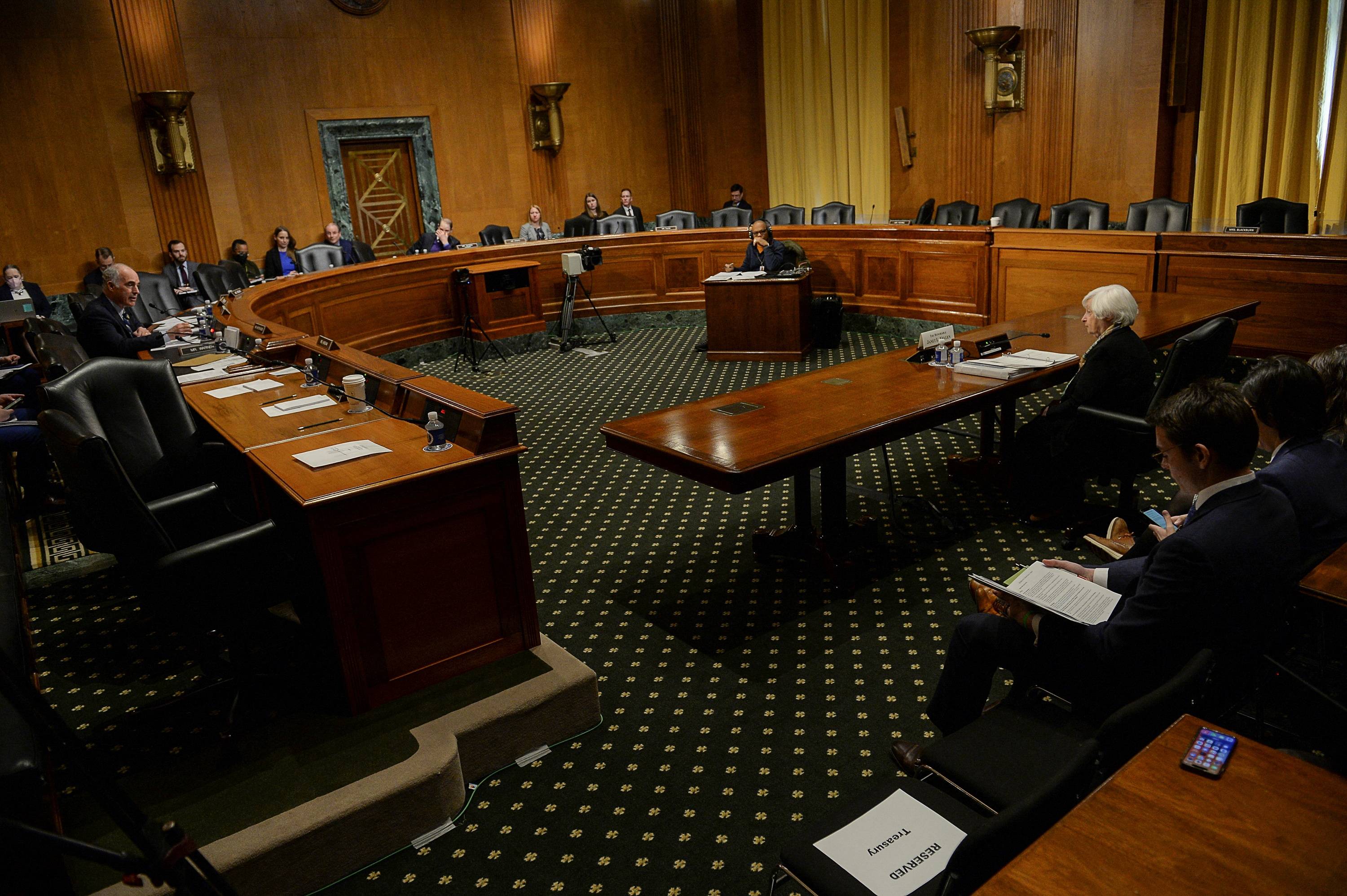When a banking crisis erupted in early March, pundits rushed to the battlements, or at least to their studies, to hammer out columns assigning the blame.
Unsurprisingly, those early assessments, based on still-incomplete information, often contradicted one another. It is worth recalling Walter Raleigh’s dictum: Those who follow too close on the heels of history risk getting kicked in the teeth.
A month later, the narrative has coalesced around four aspects or interpretations of the crisis. The first is what might be called the incompetent-management view. Silicon Valley Bank’s top management was better at glad-handing tech firms than taking prudent investment decisions. Astoundingly, for much of 2022, SVB, a $200 billion financial firm, had no chief risk officer. While their counterparts at other banks had returned to the office, work from home remained the norm for SVB’s key managers, who were spread across six time zones, from Hawaii to the U.S. East Coast. Anyone who has first-hand experience with remote work will know that such arrangements are not conducive to taking hard decisions.


















With your current subscription plan you can comment on stories. However, before writing your first comment, please create a display name in the Profile section of your subscriber account page.